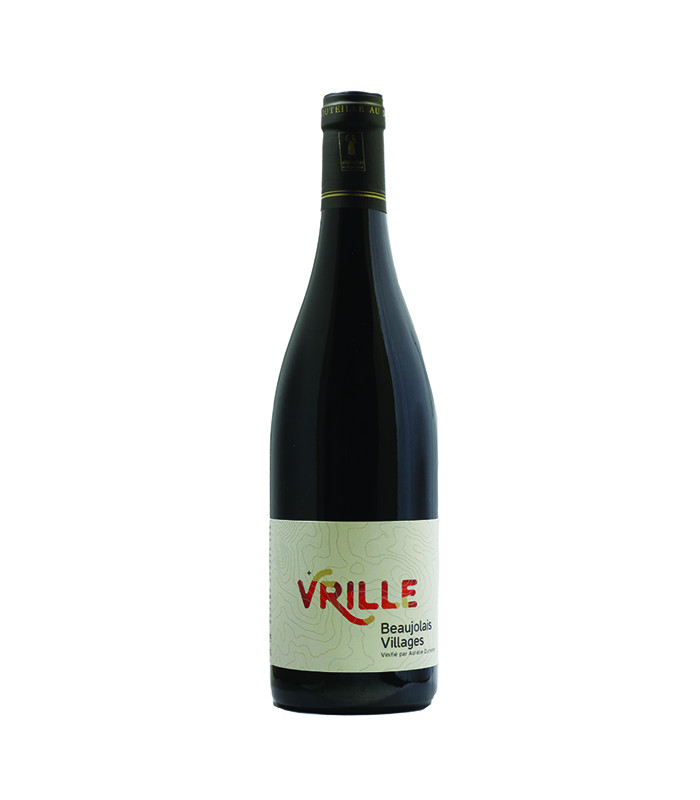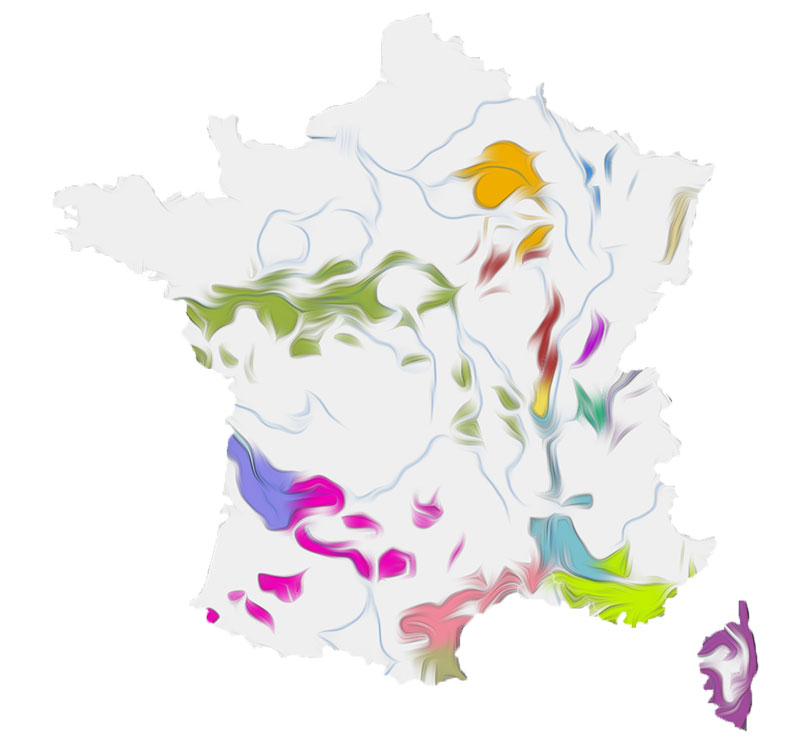All about the new Beaujolais
Celebrated every year on the third Thursday of November, the new Beaujolais is a festival that celebrates the vintage wine of the year, also called the primeur wine. But what is the history of this wine, what is its particularity? Explanations.
Beaujolais Nouveau: birth by derogation
It all began on 8 September 1951 when a new decree was published in the Official Journal prohibiting winegrowers from marketing their wines before 15 December of the year of harvest. The winemakers of Beaujolais are indignant because they have the habit of marketing their wines before that date. The Union viticole du Beaujolais then asked for permission to sell their wines as a primeur, that is to say at the end of the winemaking, before 15 December. The application was accepted on 13 November 1951 with the publication of a note specifying in which cases certain wines may be marketed before 15 December of the year of harvest, provided that the bottle label mentions "new". It was from this note that the new Beaujolais was officially born and first marketed on November 15, 1951. The date of release of the new Beaujolais was variable until 1967 when it was fixed on 15 November, before being definitively fixed on the third Thursday of November in 1985.
A unique winemaking technique…
Produced in the vineyard of Beaujolais, within the controlled appellations of origin Beaujolais and Beaujolais-Villages, Beaujolais nouveau is renowned for its commercial enthusiasm and festive image, as well as for its distinctive vinification. First, the harvest stage is crucial. The grapes must be perfect, at full maturity because no assembly or breeding will correct an initial weakness. The clusters of black gamay with white juice, the only grape variety authorized for the production of Beaujolais nouveau and Beaujolais-villages nouveau as for the 12 Beaujolais crus, are harvested by hand. They are then put whole in vats to preserve all the fruity character. Each Beaujolais winemaker must estimate the duration of each stage of fermentation and perfectly control the temperatures of the wine in the making.
… carbonic maceration
In the tank, the grapes macerate. At the bottom of the tank, the bunches are crushed by those of the top and release juice. The yeasts naturally present on the grapes wake up to the sugars in the grape juice and turn them into alcohol and carbon dioxide. Then begins the alcoholic fermentation. In the upper part, the whole clusters evolve in an atmosphere where the carbon dioxide gradually replaces the oxygen in the air. The intracellular fermentation inside the grapes begins. This process creates a small production of alcohol and allows specific aromas to emanate. The clusters in the middle of the vat macerated in the juice produced by the accumulation of grapes. The skin of the grapes then releases all its elements: the tannins that will determine the future structure of the wine, the coloured pigments and the aromatic compounds. During this so-called semi-carbonic maceration step, in order to obtain a homogeneous temperature inside the vat, the winemaker regularly waters the clusters on the surface with the juice recovered in the bottom of the vat. This process is called winding and allows to obtain an even more fruity wine by dipping the grapes in their own juice. Semi-carbonic maceration is a technique specific to the new Beaujolais and lasts only between 3 and 5 days!
A «heavenly» assemblage
At the end of the maceration, we proceed to the racking: we release what we call the juice of shoot obtained at the bottom of the tank, then the bunches left in the tank are extracted (unpacking) and pressed (pressing). The press juice of the new Beaujolais is called «paradise», because this nectar is sweet and very aromatic. We then assemble the tire juice and the press juice that will continue their fermentation together. This blend will give a juice with more complex aromas. In order to be marketed quickly, the wines obtained do not undergo aging. They are friands, easy to drink, little acid, weakly tannic and exude characteristic primary fruity and floral aromas.
A fruity and friendly wine
Exit the aromas of banana and English candy long criticized by the tasters of new Beaujolais. These aromas were due to the injunction of a chemical yeast in the must to bring out certain characteristics of the gamay. Today, winemakers no longer use this yeast at all, which ended up producing wines that were too standardized. Each new Beaujolais is therefore a unique wine, fruit of the know-how of each winemaker, expressing the best fruity aromas of the grapes. Having become one of the symbols of festive wine, the new Beaujolais invites you on November 17!




